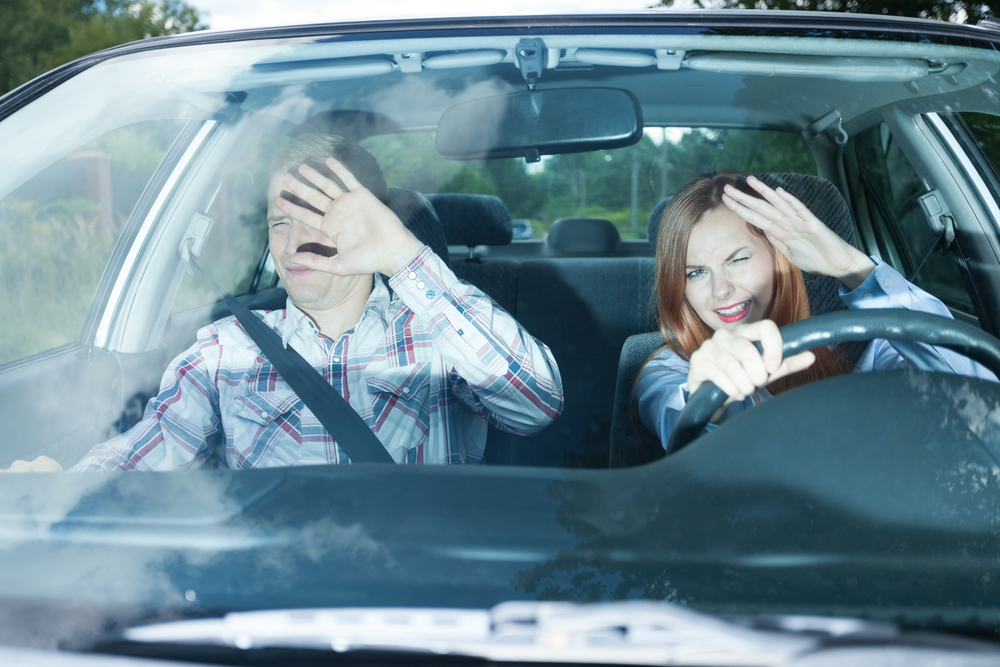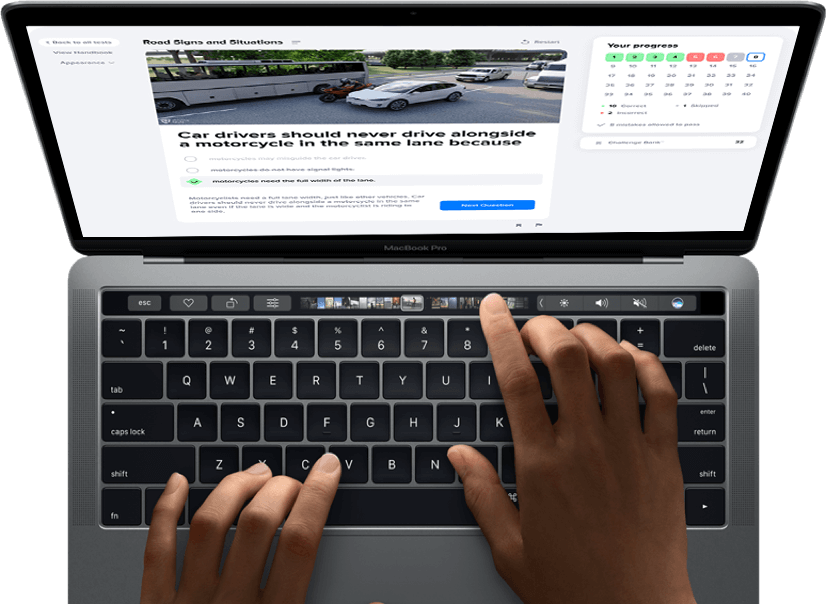Contents
High beam headlights should be used at night, whenever you’re unable to see enough of the road ahead to drive safely.
Low visibility at night can be scary for even the most experienced drivers. Why is driving after dark more dangerous? 90 percent of a driver’s reactions depend on acute vision, including depth perception, color recognition, and peripheral vision, all of which become severely limited at night. High-beam headlights shine at an angle to illuminate the road 350 to 400 feet ahead or about twice as far as low beams. (Remember that 68 mph equals about 100 feet per second. When you travel at highway speeds at night, low beams may give you only a second or two to react to a hazard.)
You're reading one of our "Beginner Driver's Guide" articles. Need to practice for your upcoming exam? Take our free sample driving test - no registration required! ✨
While high beams help keep you safe, they can also endanger other drivers if you use them incorrectly. All states have laws requiring you to dim your high-beam headlights whenever there is a risk of blinding other drivers. The exact distance varies from state to state, but typically, high beam headlights must not be used within 500 feet of an approaching vehicle or within 200 or 300 feet of another vehicle you’re following.
When to Use High-Beam Headlights to Stay Safe

State laws typically require you to dim high beams within 300 to 1000 feet of approaching vehicles
- 1
Low visibility in urban areas
You may find yourself driving on a dark city street, on an unfamiliar road, or in a construction zone. It’s unnerving to realize that you’re unable to see the road ahead. When your vision is impaired, slow down. If there are no other vehicles nearby, turn on your high beams. Your high beams will also protect pedestrians and bicyclists who may be on the side of the road or crossing in front of you. In urban areas, state law typically requires you to dim high beams within 300 to 1000 feet of approaching vehicles. You must also dim them within 200 to 300 feet of vehicles you’re following, especially at stop signs and traffic lights.
- 2
Interstate highways
Visibility on some interstate highways or their on- and off-ramps may be poor. There may be long stretches of road that are only illuminated by your headlights. In those low-visibility conditions, use your high-beam headlights to increase your viewing range. However, dim your high beams when you’re near other vehicles, even on divided highways. Check with your local DMV for the exact distance your state requires. When you’re approaching another vehicle from behind on an interstate highway or at a toll plaza or rest area, always dim your high beams to avoid blinding the driver.
- 3
Rural areas and country roads with few streetlights
On rural roads and open highways, street lighting may be sparse, which can make driving more treacherous after dark. Your high-beam headlights will let you see farther down the road. In rural areas, high beams also help you avoid hitting animals, bicyclists, or pedestrians taking a late-evening stroll. While country roads may appear deserted, be prepared to quickly dim your high beams for approaching traffic or when you approach another vehicle from behind. By dimming your high beams, you’ll be protecting other drivers.
When not to use them

Don't use your high beams when driving in fog, rain, or snow
Never use your high-beam headlights while you are driving in fog, rain, or snow. In such conditions, they can make your vision even worse. High beams will shine directly into the fog or precipitation, which will reflect the bright light back to you. During snowstorms, snowflakes and ice crystals will reflect even more light back to you. The dangerous result is a wall of glare, which will make it even more difficult for you to see the road.





